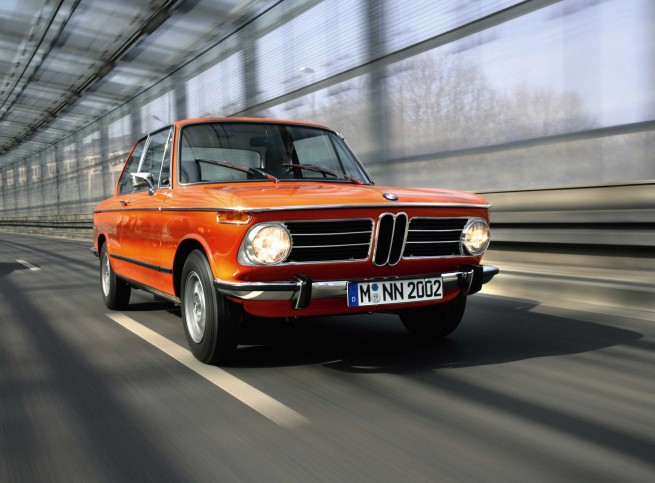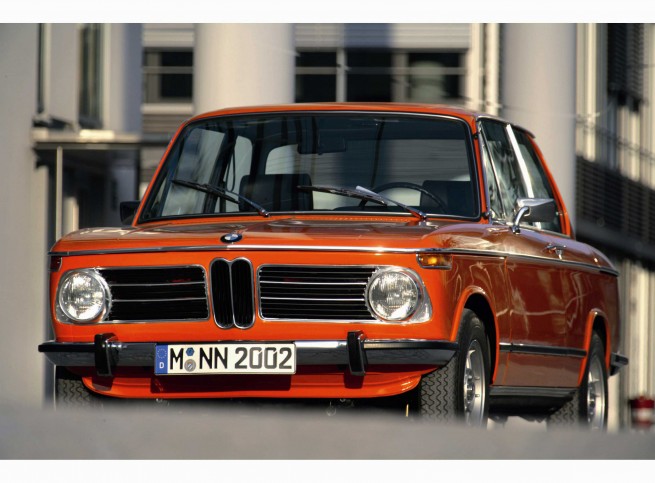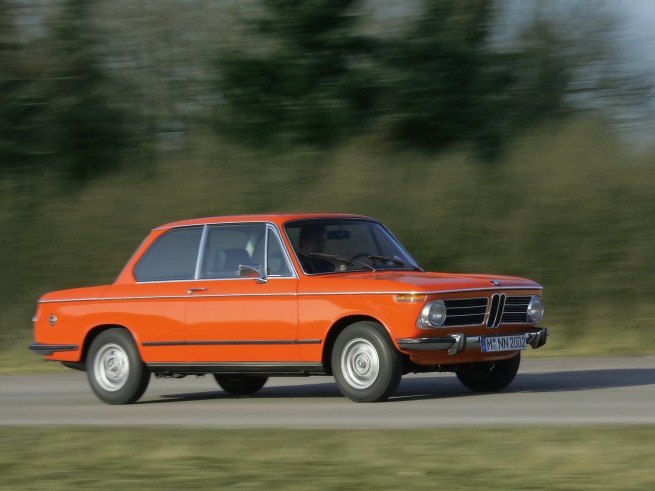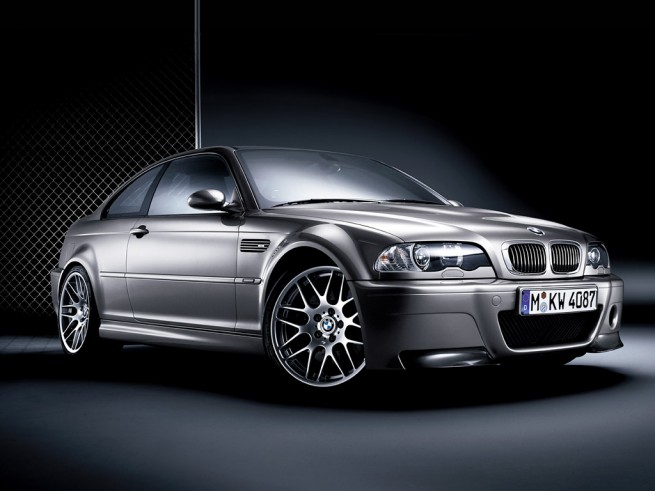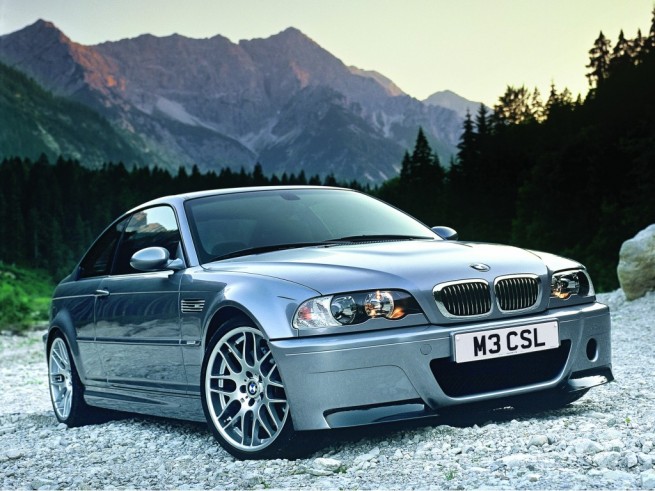What's New for 2011
Aside from the addition of the Fuse voice activation system and real-time traffic updates, the 2011 Mitsubishi Lancer Evolution sees only a shuffling of standard and optional features.
Introduction
The typical formula for a muscle car is performance on the cheap, as in a big, honking engine dropped into a low-price generic package. Based on what the 2011 Mitsubishi Lancer Evolution does, we'd say the muscle formula is alive and well. Yet there's more to the Evolution than just straight-line performance.
Starting with the standard Lancer economy sedan, Mitsubishi goes to work by adding a turbocharged engine, a highly sophisticated all-wheel-drive system, chassis reinforcements, bigger brakes, a sport-tuned suspension and numerous aerodynamic and cosmetic enhancements. The transformation results in performance numbers that rival those from sports cars. In Edmunds testing of various Evolutions the past couple of years, we've consistently seen 0-60-mph sprints in about 5 seconds flat and slalom speeds near 70 mph -- pretty heady stuff.
Fortunately, this added athleticism doesn't significantly compromise the overall driving experience. Inside the cabin, driver and passengers are treated to a reasonably quiet environment, a decently comfortable ride and many standard and optional high-tech features. We also like the available, dual-clutch automated manual gearbox. With it, a driver can make lightning-quick gearchanges by tugging on the steering-column-mounted shift paddles or simply select full automatic mode for hassle-free driving. The Evo's all-wheel-drive system is there for both extra traction in inclement weather and significantly improved cornering no matter what the weather might be.
There are, however, a few items that count against the 2011 Evolution. The interior is nearly identical to the economical Lancer, with hard plastics and a lack of visual appeal befitting a car at this price. The steering wheel tilts but doesn't telescope, keeping many from finding an optimal driving position. And while the ride might not be overly stiff, it could still feel unyielding to the average driver. Furthermore, the Evo's small trunk puts a definite crimp in cargo capacity.
In the 2011 Mitsubishi Lancer Evolution's price range, you'll find competitors like the Chevrolet Camaro, Ford Mustang, Nissan 370Z and Subaru Impreza WRX STI. The Camaro and Mustang obviously provide more muscular bravado when fitted with their V8 engines, while the 370Z is more nimble due to its pure sports-car nature. But the Evolution's true rival is the WRX STI. The STI offers a slightly more refined interior and an available hatchback body style, but it's not quite as savvy on twisting back roads. Our choice here is the Mitsubishi Evo. For the modern interpretation of the classic muscle car, you need not look any further.
Body Styles, Trim Levels, and Options
The 2011 Mitsubishi Lancer Evolution is a high-performance compact sedan available in GSR and MR trim levels that correspond to the transmission choices. The GSR receives the five-speed manual while the MR gets the six-speed Sportronic transmission.
Standard equipment on the GSR includes 18-inch alloy wheels, foglights, a large rear spoiler, full power accessories, cruise control, keyless entry, a leather-wrapped tilt steering wheel with audio controls, Recaro sport bucket seats, the Fuse voice-activation system for some electronic features, Bluetooth phone and streaming audio, and a six-speaker CD stereo with an auxiliary audio jack and an iPod/USB audio interface. The MR is similar but has BBS alloy wheels, a smaller rear lip spoiler, xenon headlamps and softer suspension calibrations.
Optional on the GSR is the Sight and Sound package, which adds xenon headlights, keyless ignition/entry and a Rockford Fosgate sound system with 10-inch subwoofer, satellite radio and an in-dash six-CD changer. Also available is the Sun and Leather package that adds a sunroof, leather upholstery, heated front seats, an upgraded center console with covered bins and added sound insulation.
Available on the MR trim is the Premium package, which includes the chrome exterior trim, Rockford Fosgate audio system, leather and suede seating surfaces, keyless ignition/entry and an upgraded center console. A Touring package is also available that adds the sunroof, heated mirrors, leather seats, heated front seats, automatic headlights and wipers, and added sound insulation.
Either trim level can also be had with a hard-drive-based navigation system that boasts real-time traffic and digital music storage.
Powertrains and Performance
Every 2011 Lancer Evolution is powered by a turbocharged four-cylinder engine that pumps out 291 horsepower and 300 pound-feet of torque. The GSR comes only with a five-speed manual transmission, while the MR is equipped with Mitsubishi's excellent six-speed automated manual transmission with column-mounted shift paddles. Power is sent to all four wheels through an advanced all-wheel-drive system.
Acceleration for either Evo is impressive. In performance testing by Edmunds, a GSR required only 4.9 seconds to sprint from zero to 60 mph, while the MR did it in 5 flat. The EPA estimates fuel economy at 17 mpg city/23 mpg highway and 19 mpg combined for the GSR and 17/22/19 for the MR versions.
Safety
Standard safety features on the 2011 Mitsubishi Lancer Evolution include antilock brakes, front seat side airbags, full-length side curtain airbags, a driver's knee airbag, stability control and a variety of advanced handling technologies.
The Evolution hasn't been crash tested, but the standard Mitsubishi Lancer on which it is based has been through the procedure. In government testing, its 2010 rating (which isn't comparable to more strenuous 2011 ratings) resulted in a top-rated five stars for the driver and four stars for the front passenger in frontal impact protection. In the Insurance Institute for Highway Safety's frontal-offset, side-impact and roof-strength tests, the regular Lancer earned the top rating of "Good."
Interior Design and Special Features
The Evo's interior is tame compared to its aggressive exterior styling. Recaro sport bucket seats, alloy foot pedals, fancier gauges and a different steering wheel are the only things that differentiate the spicy Evo from the commonplace Lancer GTS. Those Recaros are highly supportive and comfortable, but the driver seat's lack of a height adjustment and the steering wheel's tilt-only column make finding an ideal driving position difficult for many drivers, not just tall ones.
Most of the interior materials are the same as those on the regular Lancer, which is to say that they're fine for an economy car but disappointing for a vehicle costing about $35,000. The Evo's utility is actually less than the regular Lancer's, as the rear seats don't fold down and the battery and washer fluid reservoir have been relocated to the trunk for better weight distribution. Total trunk space is just 7 cubic feet, which is on par with tiny roadsters. Adding the optional stereo upgrade with the massive trunk-mounted subwoofer reduces that capacity even further.
On the plus side, most controls are within easy reach and simple in operation, and the standard Fuse voice activation system makes some audio and navigation functions a hands-free affair.

Driving Impressions
The 2011 Mitsubishi Lancer Evolution is a sports car in compact sedan clothing. The advanced all-wheel-drive system works behind the scenes to give the car very impressive handling and traction abilities. Spirited drivers will also appreciate the Evo's ultra-responsive steering and ample amount of road feedback.
For daily commutes, the Evo is less inspiring, mostly because the ride quality is rather stiff. That goes for the MR models as well, though their Bilstein dampers give them a touch more ride compliance. The excellent automated dual-clutch manual transmission makes the MR trims the clear choice for those who plan to commute in their Evos. Regardless of which model you choose, you'll have an immensely fun car with performance that's nearly impossible to beat for the price.






















